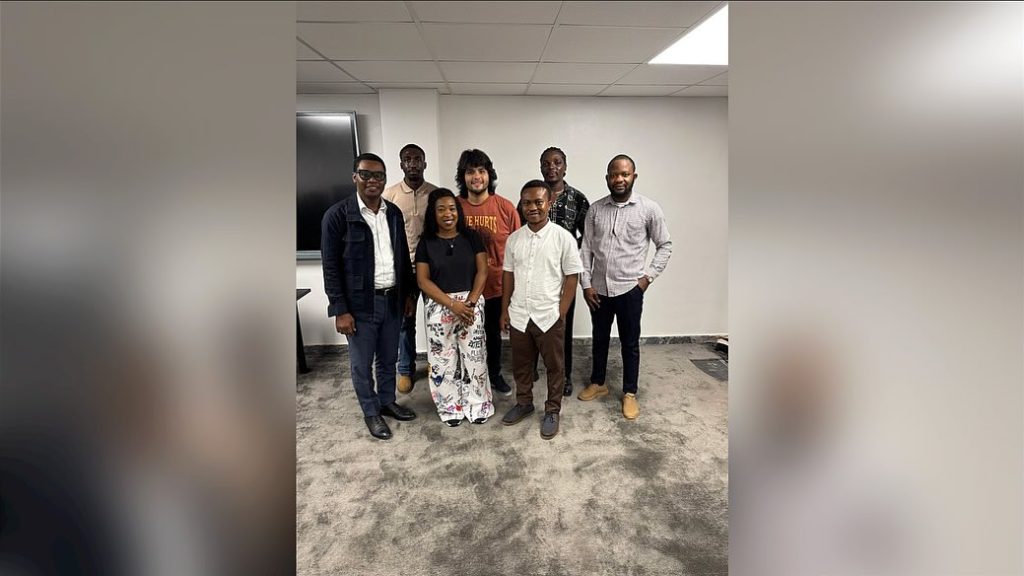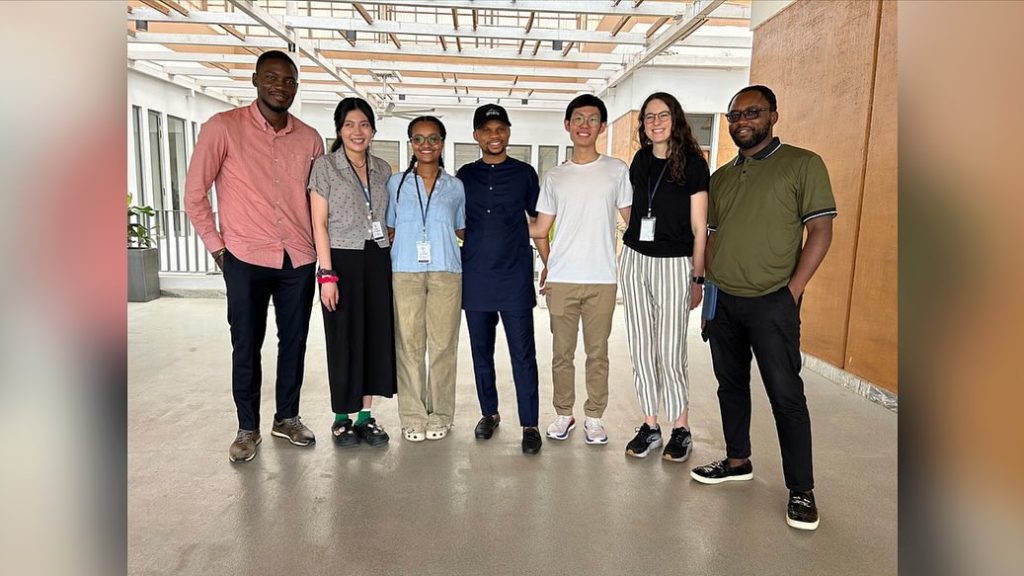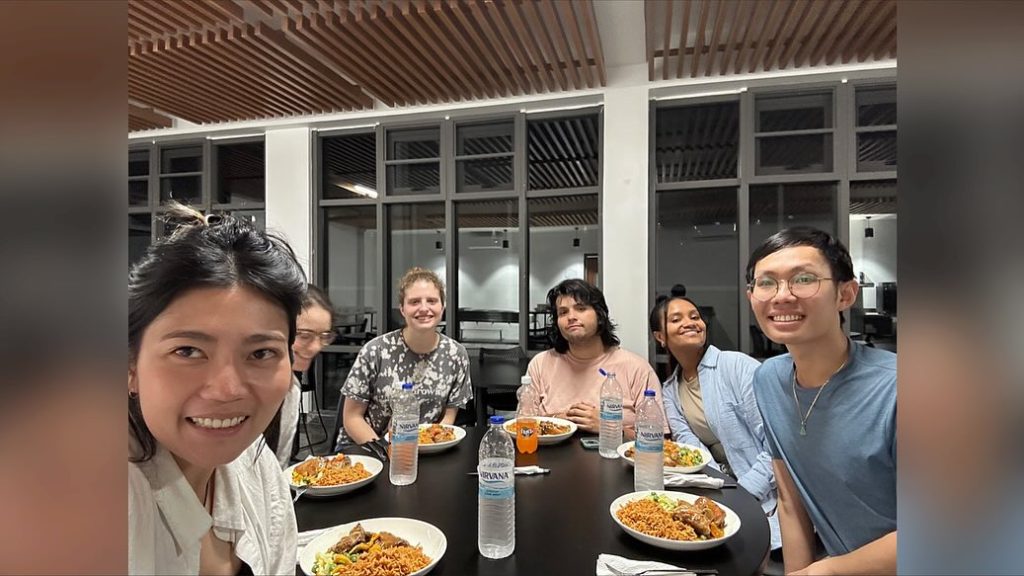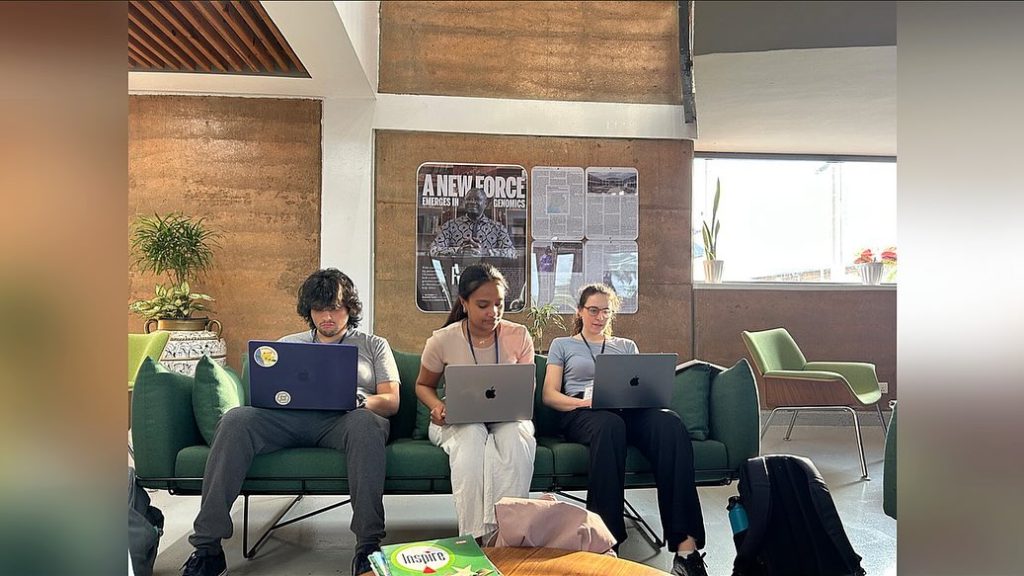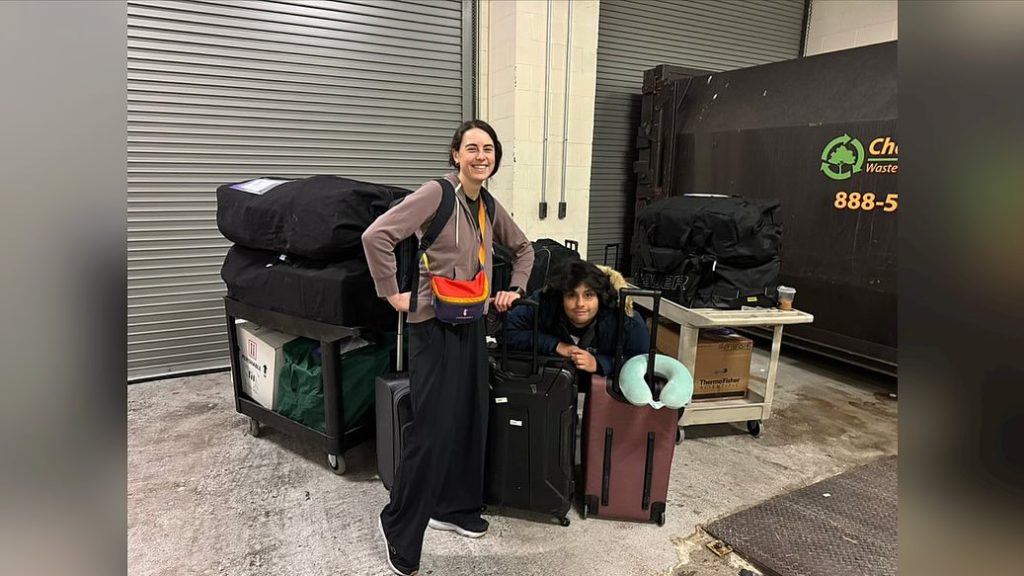Q&A with Sergio Heli Triana Sierra
Researcher at the Sabeti Lab, Broad Institute.
In an exciting collaboration between the Broad Institute and the Institute of Genomics and Global Health (IGH), researchers from the Sabeti Lab, Broad Institute, including Sergio Heli Triana Sierra are pioneering the use of single-cell transcriptomics to study Lassa fever — a high-priority viral haemorrhagic disease endemic to parts of West Africa. We spoke with Sergio to learn more about the science behind the project, its significance, and what it could mean for future public health efforts.

Q: Could you give us a quick overview of the project?
Sergio: The main goal is to evaluate how single-cell transcriptomics can be applied to Lassa fever samples. Instead of analysing all cells together as one bulk sample, we isolate individual cells. This allows us to see how different types of cells are reacting to the virus, giving us a more precise picture of the host’s immune response.
Q: What’s the advantage of studying one cell at a time?
Sergio: When you look at all the cells together, you only see an average response. But every cell behaves differently — some may be infected, others are just responding, and a few might not react at all. Single-cell analysis helps us tease apart those differences and understand what’s really happening at the cellular level.
Q: How far along is the project, and what breakthroughs are you expecting?
Sergio: We’re still in the early stages. This is our second iteration of the project at IGH. We expect preliminary data in the coming months, but drawing solid conclusions will take another year or two. Eventually, we hope to pinpoint which cell types the Lassa virus affects the most, and which ones play key roles in the immune response.
Q: What makes this project unique or groundbreaking?
Sergio: It’s the first time single-cell transcriptomics is being used to study a high-containment pathogen like Lassa virus in Nigeria, and the first time it’s happening in a BSL-3 lab at IGH. This is significant because the method requires keeping cells alive for several hours, which adds biosafety challenges. We’ve had to design strict protocols to make this possible safely.
Q: What technologies are you using to carry out the work?
Sergio: We’re using 10x Genomics to capture individual cells in droplets, followed by Illumina sequencing to profile each cell’s RNA. We also use flow cytometry, which measures protein markers on the cell surface using fluorescence. It doesn’t tell us about gene expression, but it’s another powerful tool for looking at single cells.

Q: What would success look like, especially from a public health perspective?
Sergio: Right now, it’s exploratory, we’re focused on understanding how the virus and host interact. But the insights could eventually help inform vaccine design or new treatments. So while the public health impact isn’t immediate, it’s a long-term investment in preparedness and response.
The study represents a step forward in understanding how Lassa fever affects the body at the cellular level. While the work is still in its early stages, the insights gained could contribute to future breakthroughs in diagnostics, treatment, and prevention. As efforts continue, studies like this strengthen the region’s scientific capacity and contribute to the global response to emerging health threats.
